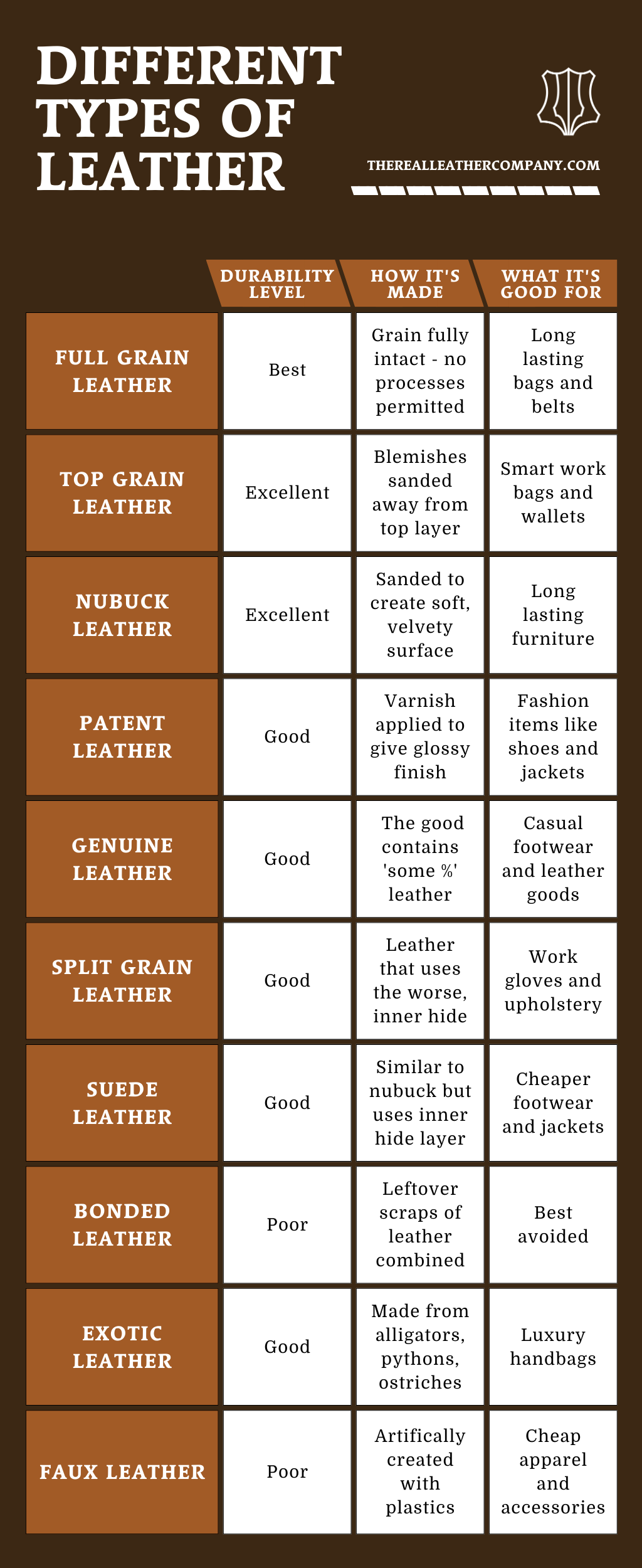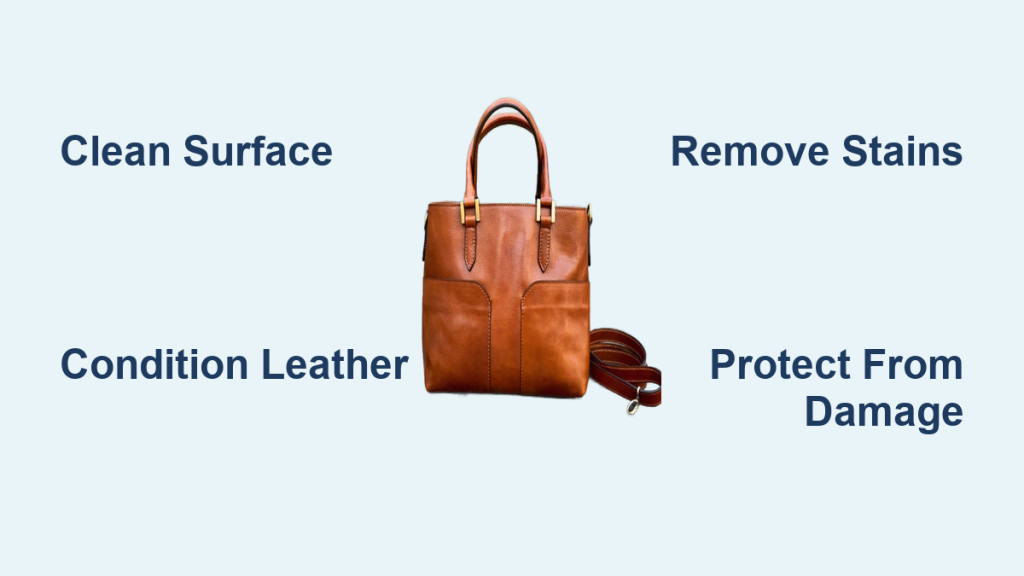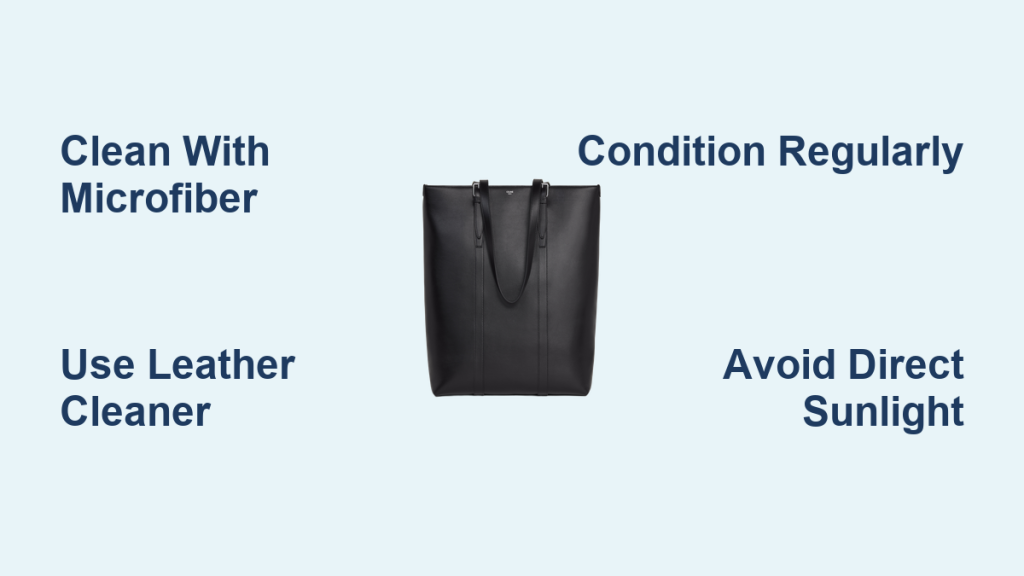Leather bags are a timeless investment, but they require proper care to maintain their beauty and longevity. A dirty or stained leather bag can quickly lose its appeal, but don’t despair! This comprehensive guide will walk you through everything you need to know about cleaning your leather bag, from quick daily maintenance to tackling stubborn stains. We’ll start with a simple wipe-down solution for everyday dirt, and then delve into more advanced techniques to restore your bag to its former glory.
This guide will cover different types of leather, the best cleaning products to use, step-by-step cleaning instructions, and preventative measures to keep your bag looking its best. By the end of this article, you’ll be equipped with the knowledge and confidence to clean your leather bag safely and effectively, preserving its value for years to come.
Understanding Your Leather Type

Before you start cleaning, it’s crucial to identify the type of leather your bag is made of. Different types require different cleaning approaches.
Full-Grain Leather
This is the highest quality leather, known for its durability and natural markings. It’s relatively easy to clean but requires conditioning to prevent drying.
Top-Grain Leather
Similar to full-grain, but the top layer has been sanded to remove imperfections. It’s more uniform in appearance and slightly less durable.
Genuine Leather
This term can be misleading. It often refers to leather made from leftover scraps bonded together. It’s less durable and requires gentler cleaning.
Suede & Nubuck
These leathers have a napped surface, making them more susceptible to stains and water damage. They require specialized cleaning products and techniques.
Patent Leather
This leather has a glossy, coated finish. It’s relatively easy to clean but can be prone to scratches.
Materials You’ll Need
Gathering the right supplies is essential for a successful cleaning.
| Item | Quantity | Specifications |
|---|---|---|
| Soft Microfiber Cloths | 3-5 | Lint-free |
| Leather Cleaner | 1 Bottle | Specifically formulated for leather |
| Leather Conditioner | 1 Bottle | To replenish oils after cleaning |
| Soft-Bristled Brush | 1 | For removing dirt from crevices |
| Distilled Water | As needed | Avoids mineral deposits |
| Saddle Soap (Optional) | 1 Bar | For heavily soiled leather |
| Leather Protector Spray (Optional) | 1 Can | For water and stain resistance |
Step-by-Step Cleaning Process
Now, let’s get down to cleaning! This process is suitable for most full-grain and top-grain leather bags.
Phase 1: Preparation
- Empty the Bag: Remove all items from your bag.
- Dust Removal: Use a soft brush or microfiber cloth to remove loose dirt and debris. Pay attention to seams, pockets, and hardware.
- Spot Test: Before applying any cleaner, test it on an inconspicuous area of the bag (like the bottom) to ensure it doesn’t cause discoloration.
Phase 2: Cleaning
- Apply Leather Cleaner: Apply a small amount of leather cleaner to a clean microfiber cloth. Never apply cleaner directly to the bag.
- Gentle Rubbing: Gently rub the cloth in a circular motion over the leather surface. Avoid excessive pressure.
- Wipe Away Residue: Use a clean, damp (not wet!) microfiber cloth to wipe away any cleaner residue.
- Dry Thoroughly: Allow the bag to air dry completely, away from direct sunlight or heat.
Phase 3: Conditioning
- Apply Leather Conditioner: Once dry, apply a small amount of leather conditioner to a clean microfiber cloth.
- Even Distribution: Rub the conditioner evenly over the leather surface, again using a circular motion.
- Buff to Shine: Allow the conditioner to absorb for a few minutes, then buff the bag with a clean, dry microfiber cloth to restore its shine.
Tackling Specific Stains
:max_bytes(150000):strip_icc()/remove-ink-from-leather-6274276-final-f12c4b70fe2c43279a8e45dcb3ce661b.png)
Different stains require different approaches.
Oil-Based Stains (Grease, Makeup)
- Cornstarch: Sprinkle cornstarch onto the stain and let it sit for several hours to absorb the oil. Gently brush off the cornstarch. Repeat if necessary.
Water Stains
- Damp Cloth: Lightly dampen a microfiber cloth and gently wipe the entire surface of the bag to create a uniform appearance. Allow to air dry.
Ink Stains
- Rubbing Alcohol (Caution): Dip a cotton swab in rubbing alcohol and very gently dab at the ink stain. Test in an inconspicuous area first! This can remove dye from the leather, so proceed with extreme caution.
Mold & Mildew
- Diluted Vinegar: Mix equal parts distilled water and white vinegar. Apply to a microfiber cloth and gently wipe the affected area. Dry thoroughly.
Cleaning Suede and Nubuck Leather
Suede and nubuck require specialized care.
Step 1: Dry Brush
Use a suede brush to remove loose dirt and restore the nap.
Step 2: Suede Cleaner
Apply a suede cleaner according to the product instructions.
Step 3: Protect
Use a suede protector spray to repel water and stains.
Pro Tips for Leather Bag Care
- Regular Dusting: Dust your bag weekly to prevent dirt buildup.
- Avoid Direct Sunlight: Prolonged exposure to sunlight can cause the leather to fade and dry out.
- Store Properly: Store your bag in a dust bag when not in use, and stuff it with tissue paper to maintain its shape.
- Rotate Your Bags: Don’t use the same bag every day. Rotating your bags allows the leather to breathe and recover.
- Condition Regularly: Condition your bag every 3-6 months to keep the leather supple and prevent cracking.
- Waterproof Spray: Apply a leather protector spray to provide an extra layer of protection against water and stains.
When to Call a Professional
Sometimes, professional help is necessary.
- Severe Stains: If you’ve tried multiple methods and can’t remove a stubborn stain, a professional leather cleaner is your best bet.
- Significant Damage: Cracks, tears, or extensive discoloration require professional repair.
- Expensive or Delicate Bags: If you own a high-end or vintage bag, it’s best to leave the cleaning to the experts.
A professional leather cleaning typically costs between $50-$200, depending on the bag’s condition and the extent of the cleaning required.
FAQ
Q: Can I use baby wipes to clean my leather bag?
A: No, baby wipes contain chemicals that can damage the leather. Always use a leather-specific cleaner.
Q: How often should I condition my leather bag?
A: Every 3-6 months, or whenever the leather starts to look dry or cracked.
Q: What’s the best way to store a leather bag?
A: Store it in a dust bag in a cool, dry place, stuffed with tissue paper to maintain its shape.
Q: Can I use saddle soap on all types of leather?
A: No, saddle soap is best suited for heavily soiled full-grain leather. Avoid using it on delicate leathers like suede or patent leather.
Solve Your Leather Bag Cleaning Today
You now have the knowledge to confidently clean and care for your leather bag! Remember to identify your leather type, use appropriate cleaning products, and follow the steps outlined in this guide. Regular maintenance will keep your bag looking beautiful for years to come.
Have you successfully cleaned your leather bag using these methods? Share your experience and any helpful tips in the comments below! Let’s help each other keep our leather goods in top condition.




